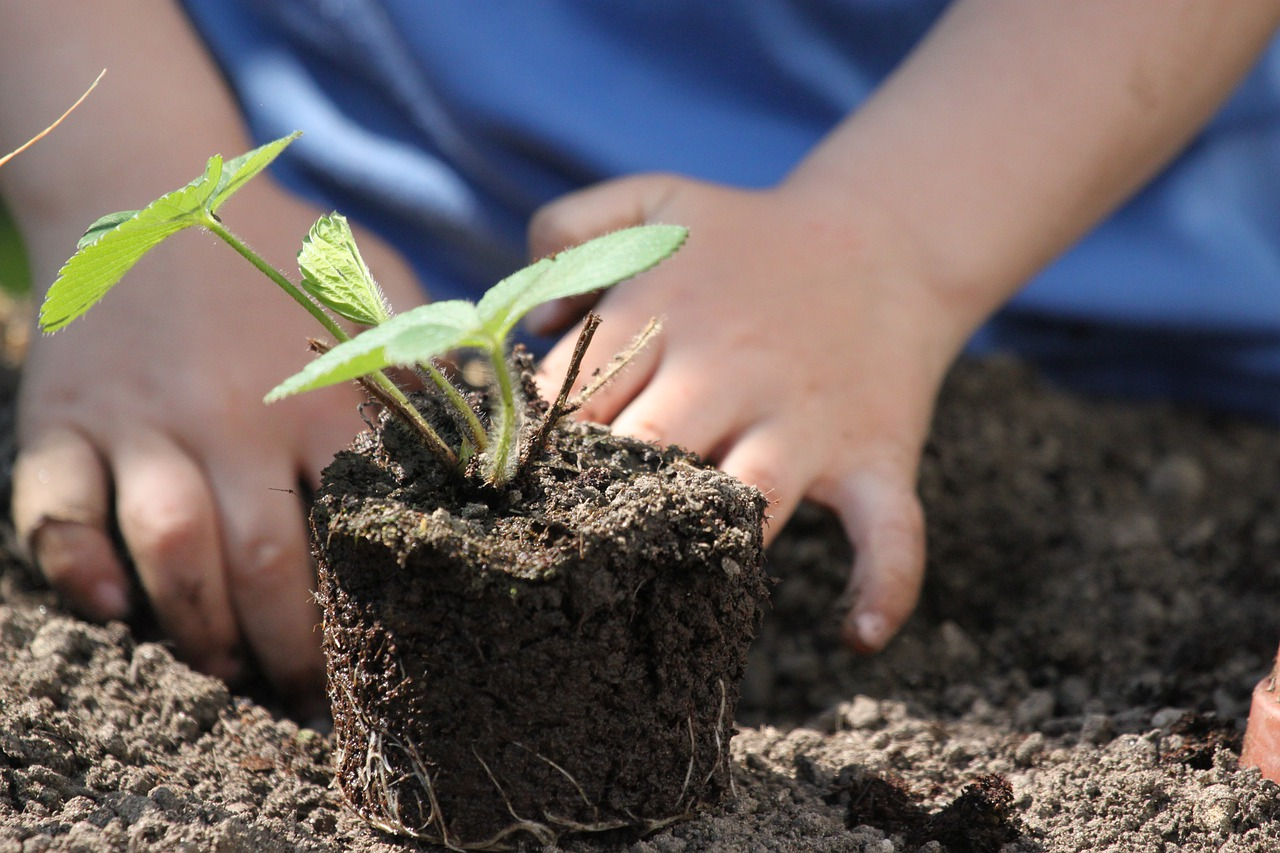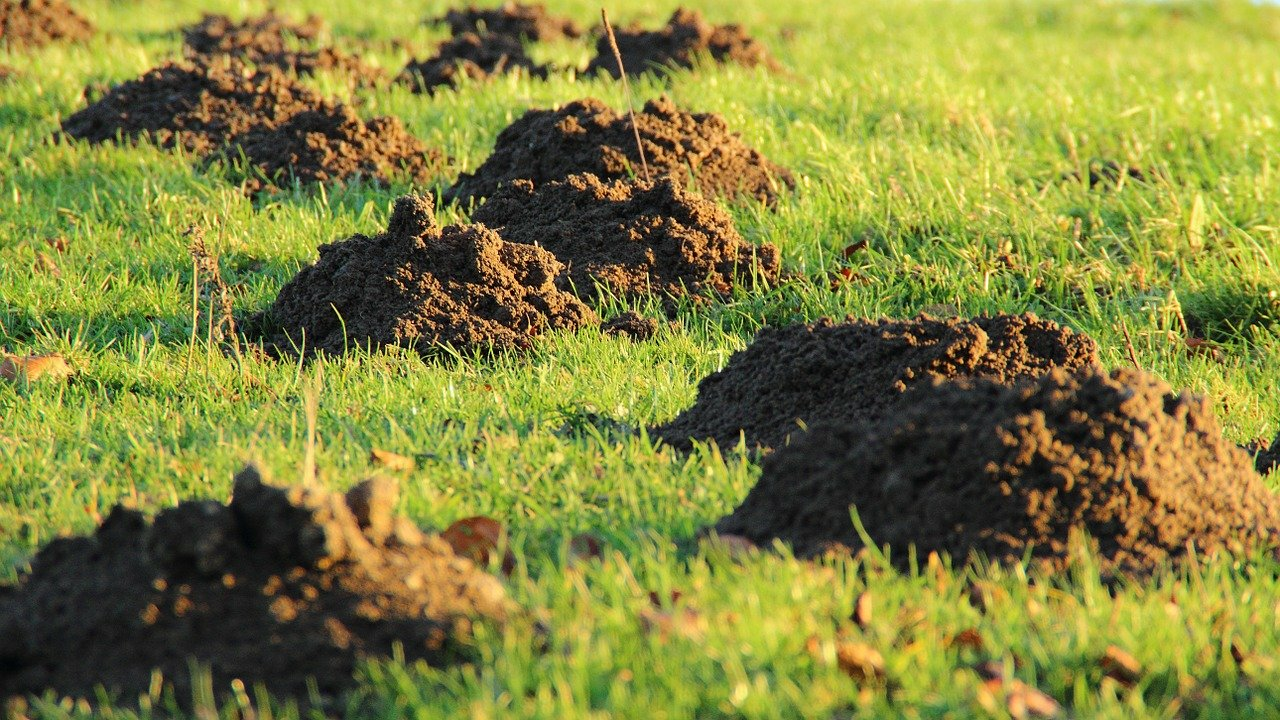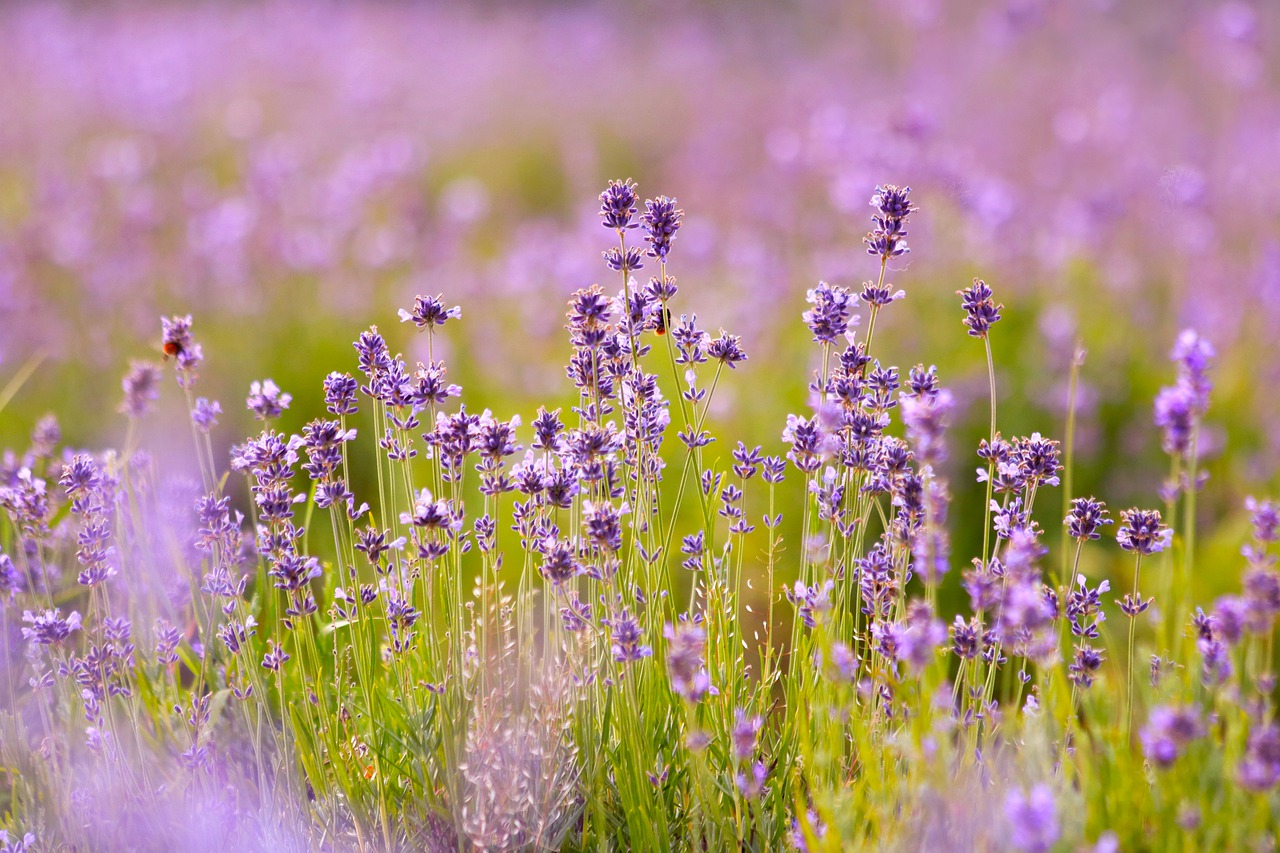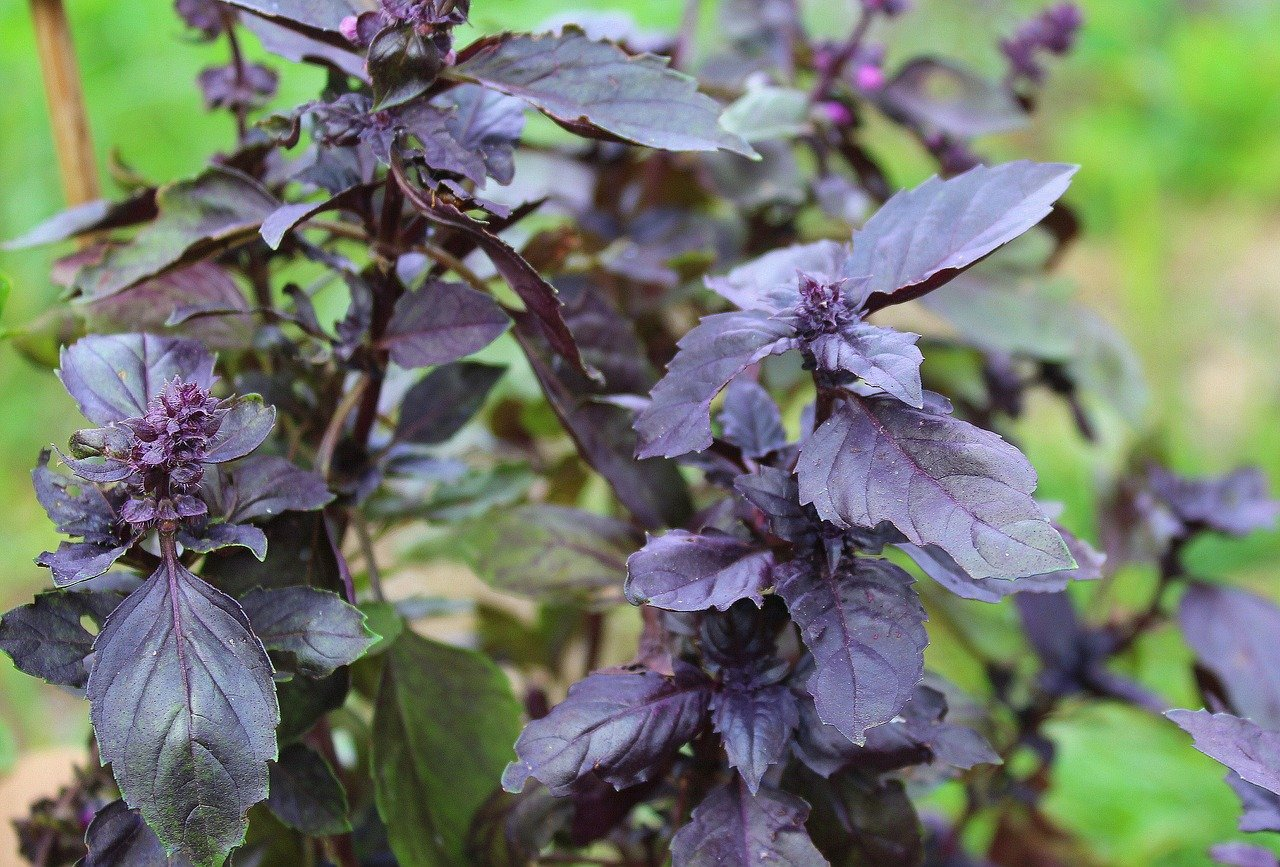Create your own sowing soil
Cultivation soil - what is it?
There are many reasons why special potting soil is used. Firstly, sowing soil is quite rich in humus, which is why it has a fine crumbly structure. This makes it easier for the sensitive seedlings to reach the surface without injuring themselves or being held back by heavy lumps of clay. The roots can also spread better and grow through the seed pot. This is important because a strong root system is crucial for absorbing water and nutrients later on. The humus-rich sowing soil can also store a lot of water, which means that the young plants are supplied with water more evenly and do not dry out as quickly. At the same time, the loose structure of the seed soil allows sufficient oxygen to reach the roots, which the root cells need to breathe.
Why you should make your own potting compost

Purchased potting compost, potting soil or vegetable soil often contains peat. It is rich in nutrients and ensures loose soil with a high water storage capacity. Peat comes from bogs, which have to be drained for decomposition. This allows oxygen to reach the carbon compounds stored in the peat soil. The result: masses of CO2 are released. Normally, peatlands are good CO2 sinks, because the low-oxygen environment in the soil means that plants and the carbon bound in them are stored in the soil. Peat extraction produces many climate-damaging greenhouse gases. In Germany alone, peat extraction accounts for around 7% of greenhouse gas emissions (bund-niedersachsen.de). In addition, peat extraction destroys important habitats for adapted, rare animal and plant species. If you make your own potting soil, you can determine which components you use! You can also control the consistency of your sowing soil and sterilize it in the oven to ensure that it does not harbour any dangerous germs.
Composition
To make your own potting soil, you essentially need three ingredients: well-ripened compost, garden soil (preferably from your own garden) and sand. Here is the exact composition:
- 1 part well-ripened compost
- 1 part sand (preferably medium grain size)
- 1 part loose garden soil
The right compost

The compost components should be well-matured compost, as this is well decomposed. The compost should have been matured for 2-3 years at best. As a result, it has a fine crumbly structure and also contains fewer nutrients due to the long maturing process. The low nutrient content is important for the young plants, as it encourages the seedlings to develop stronger roots. This makes the plants more resilient and better supplied with nutrients later on. So your harvest already depends on the potting soil!
The right garden soil

First of all, you should know what type of garden soil you have. Find out which garden soil you have in our simple soil test. In addition, indicator plants can also give you clues about your garden soil. If it is very heavy (clayey, loamy), it is not so suitable for making sowing soil. Clumps can easily form here, as it becomes very hard when it dries, making it difficult for the roots of the small plants to grow. Very light, sandy garden soil is also not ideal, as it dries out very quickly. A silty, medium-heavy garden soil is therefore best. You can collect such great, loose soil from molehills, for example.
Recipe: Homemade potting compost
First sieve the compost and garden soil to create a fine structure. It is best to sort out coarser components such as plant or root residues and seeds. Then mix the garden soil, compost and sand thoroughly to create a homogeneous mass. If you like, you can also mix some rock flour or seaweed lime into the potting compost to provide the seedlings with important micronutrients at an early stage. To ensure that no germs or pests endanger your young plants, you should also sterilize the mixture. To do this, place it in the oven at approx. 120 ° C/248 ° F for approx. 45 minutes. You can then use the soil directly for your cultivation. Sterilizing the soil will make it very dry. Therefore, moisten it carefully until the growing soil reaches the desired consistency.
Is potting soil also herb soil?
Basically, your homemade potting compost can also be used as a substrate for herbs. Most herbs, just like young plants, require a nutrient-poor and crumbly soil. Mediterranean herbs usually prefer lime-rich, alkaline soil. In this case, you should add a handful of magnesium lime to your home-made growing substrate.
Herbs with low nutrient requirements

- savory
- lavender
- oregano/marjoram
- rosemary
- sage
- thyme
Herbs with higher nutrient requirements

However, some herbs thrive better in more nutrient-rich substrates. They need soil that can store nutrients and water well. You should either fertilize your herb soil regularly or mix in fresh compost:
- basil
- borage
- dill
- tarragon
- coriander
- lovage
- lemon balm
- mint
- parsley

